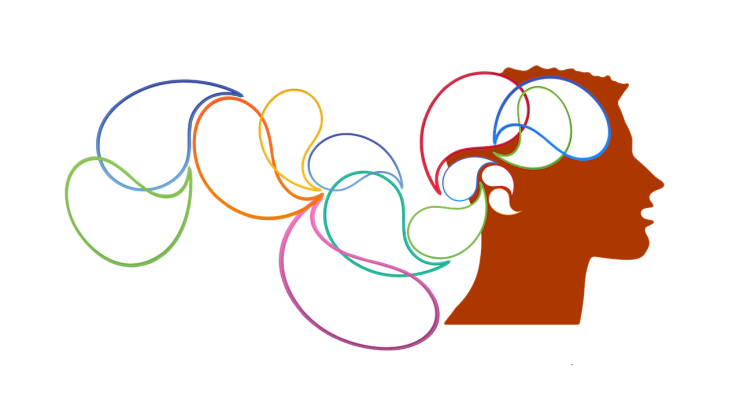The difference between bankruptcy’s Chapter 7 and Chapter 13 is often expressed this way:
Liquidation: the process of turning assets into cash
Chapter 7 is a liquidation proceeding
Chapter 13 is a repayment plan
And therein lies the biggest misconception about Chapter 13:
13 does not necessarily repay everything you owe.
It’s a repayment plan alright, but not necessarily a 100% repayment .
You may not pay much at all, to any creditor. It depends.
How much you repay
The amount you repay to creditors through your plan is determined by comparing
- The equity in your assets not protected by an exemption
- Your disposable income calculated by the means test
- The total of priority, must-pay debts you have
Rough and dirty, you calculate the number for each of these factors, and your plan must pay the largest of the three tests. That payment is spread over 3 to 5 years.
Which creditor gets 100%
Bankruptcy law gives special standing for repayment to two common kinds of creditors.
- Family support (alimony, child support, or other Domestic Support Obligations)
- Recent income taxes or payroll taxes
These creditors have a priority for payment, ahead of all other unsecured creditors. They get paid in full. The interest that accrues on family support obligations even survives the Chapter 13 discharge.
Therefore, to get court approval of a plan, the plan payments must be sufficient to make these payments, along with any fees of the Chapter 13 trustee and any of your attorneys fees to be paid through the plan.
Your cosignors are protected
Chapter 13 has a special feature that permits a debtor to separately classify a debt cosigned by someone else.
That way, a Chapter 13 plan can provide for 100% payment of the cosigned debt, protecting the cosignor from collection action. And during the Chapter 13 payment period, the cosignor is protected by the automatic stay.
Unsecured creditors out of luck
The brutal truth is that general unsecured creditors holding medical bills, personal loans, judgments for money, and credit card debt may get nothing in Chapter 13.
That’s because the available money is paid first to priority claims and the costs of administration of the case. So a debtor with little disposable income may propose a plan that pays only the costs of the plan and the priority creditors.
Chapter 13 makes creditors face reality
The strength of Chapter 13 is that it often forces unsecured creditors to accept that there simply isn’t enough money to pay their claim.
The bankruptcy schedules show it, and the bankruptcy judge enforces it.
It is that coercive effect that makes Chapter 13 so much more effective than debt settlement: if the numbers support it, the plan can pay them little or nothing.
So, don’t be put off by the phrase “repayment plan”.
Chapter 13 repayment plans pay creditors only what you can afford, over a limited period of time, in the order of the importance of the debt.
That’s why I love Chapter 13.
More
How Chapter 13 calculates what you pay
What happens to your bank account in 13
How secured debt can scuttle a Chapter 13






